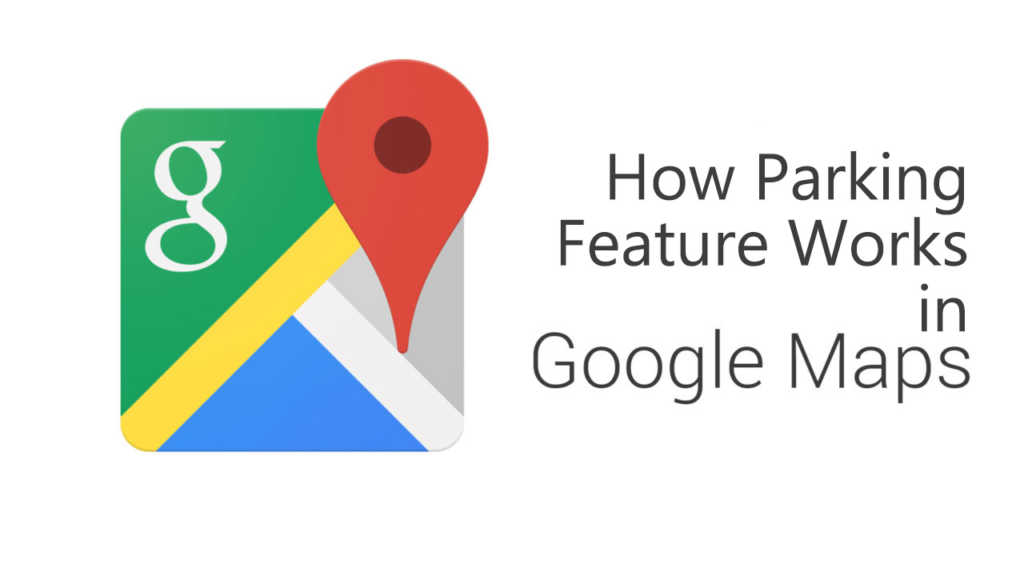Google Maps introduced Parking feature in version 9.44 beta in some cities in the United States. Today in an article at Google Research blog, Developers have clarified that what calculations and challenges they faced while developing the Parking feature.

Usually, when Google adds any new feature in maps they check the historical data of that place. They even evaluate the traffic, popular times and visit durations ,etc. This time while introducing the Parking Feature they met with new challenges and solved them by taking a look at from different angles. There are many problems to give any accurate data about parking. Many things like the time, day of week, weather, special events, holidays, and so on matters. Compounding the problem, there is almost no real time information about free parking spots. There are different parking structures, both the demand and supply for parking are in constant flux. It is difficult task to check whether the parking is available or not.
This time they used crowdsourcing and machine learning (ML) to build a system that can provide accurate parking data. They followed or adopted three metrics:
Ground Truth Data
It is the actual data which is collected from about 100k individuals to find the consistency in data. At places like parking it is very difficult to analyse that at what time parking remains full? At what time how much time did it take to park a car in given location? and so on. There are lot and lot more questions. So in order to catch the consistency in the data collected should be vast from local commuters. This is what they call Ground Truth data.

Model Features:
The data Google aggregates from the users who share the location data was not enough to check whether the space is available or not. To find the solution they checked their own campus’s backyard in downtown Mountain View. They evaluate the nearby places and location data and transit lanes or trajectories to check the parking availability at different timing of the day and other things.

Model Selection & Training
They decided to use a standard logistic regression ML model for this feature, for a few different reasons. First, the behavior of logistic regression is well understood. Second, it’s natural to interpret the output of these models as the probability that parking will be difficult, which we can then map into descriptive terms like “Limited parking” or “Easy.” Third, it’s easy to understand the influence of each specific feature, which makes it easier to verify that the model is behaving reasonably.
Using these techniques they framed the latest Parking Feature in the Google Maps. Did you enjoying it or not?
